We’re increasingly told that eating less meat is healthier for both the planet and our bodies – reducing your risk of getting cancer, cardiovascular disease, diabetes, and obesity. So, if you’re thinking about going meatless a couple of times a week, these plant-based dining options might be for you.
Tian is an upmarket and elegant Asian restaurant in the first district which is perfect for a special occasions. Its creative cuisine has been awarded with a star by the Michelin Guide, and it has a wine bar with a great selection of wines in the basement. You can choose from four, six or eight course menus, created using products from the restaurant's own garden, and all beautifully presented. Tian also has two bistros – the Tian Bistro on Spittelberg, serving meat-free interpretations of classics such as goulash soup or tartare with shiitake mushrooms instead of beef. The Tian Bistro at Kunsthaus Wien serves pancakes, sandwiches, burgers, coffee and cake.
Himmelpfortgasse 23, 1010 Vienna, +43 1 8904665
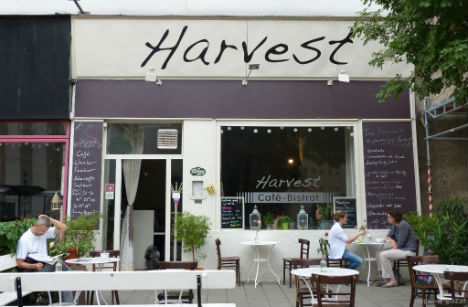
The focus at Harvest, located in the 2nd district, is on vegan meals which are served buffet style. A breakfast menu is served until midday, and there’s a range of à la carte dishes and cakes. In the summer the outside seating offers a lovely view of the Karmeliterplatz. The Sunday brunches are popular.
Karmeliterplatz 1, 1020 Vienna, +43 676 4927790
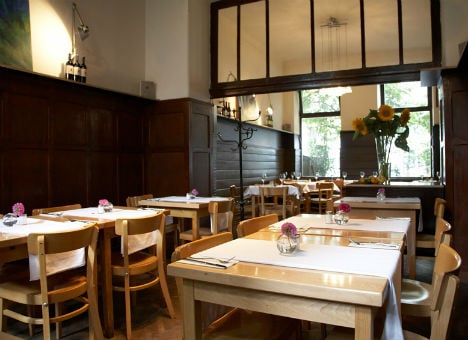
Located in the 15th district, not far from the Meidling Hauptstrasse Ubahn station, this place serves food influenced by Asian and Mediterranean cuisine. Think Indian lentil soup, Kohlrabi ravioli or pumpkin goulash. It has a cosy and relaxed wooden interior and a shady garden for summer days.
Hollergasse 9, 1150 Vienna, +43 1 8923356
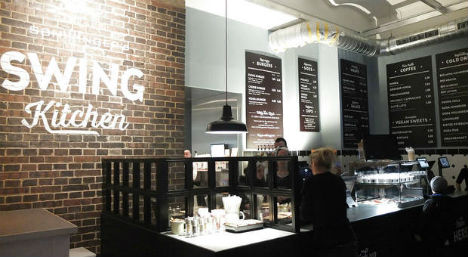
Photo: Anita Kattinger
This fast food burger place in the 7th district boasts funky industrial design and a soundtrack harking back to the 1920s. Vegetarian burgers come with a selection of different side dishes. The burger patties are made from soya and wheat, and the vegetables and salads all come from regional farmers.
Schottenfeldgasse 3, 1070 Vienna
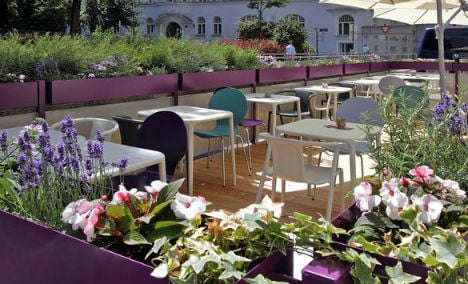
Photo: Irene Schanda
This cafe and bistro in the 8th district is all about sustainability and seasonal foods – it only uses organic and vegan ingredients and ethical tea and coffee. They serve a range of soups, main dishes featuring lentils and quinoa and delicious desserts. Their beer comes from Austrian producers. The interesting breakfast menu includes broths and congee, a slow-cooked rice soup from Asia. They also run cookery courses.
Hamerlingplatz 2, 1080 Vienna, +43 1 8900449
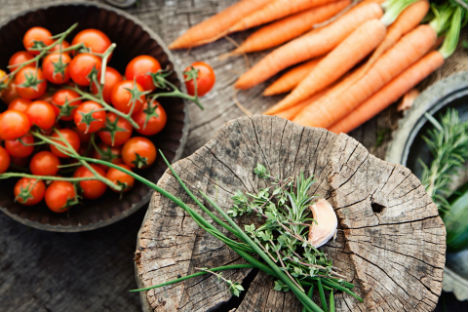
Photo: Nice Rice
This small restaurant in the 6th district fuses Persian, Indian and Austrian cuisine and serves breakfast, lunch and dinner, in generous portions. A range of homemade soups, pies and desserts are served alongside homemade drinks such as mango lassi. Tucked away down a quiet alley off the busy Mariahilferstrasse shopping street, it has outside seating in the summer.
Mariahilferstrasse 45, in the Raimundhof, 1060 Vienna, +43 1 5862839
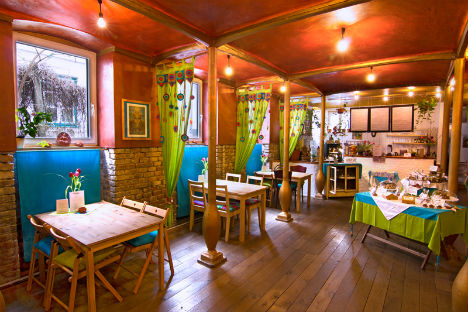
Photo: Dancing Shiva
Specialising in raw, organic vegan foods and superfoods this place on Neubaugasse in the 7th district has a hippy vibe and a little shop selling clothes, chocolate, incense and soaps. Try the feta cheese made from nuts, raw vegetable spaghetti or a matcha latte. Closed on Sundays and Mondays.
Neubaugasse 58, 1070 Vienna, +43 1 5247843
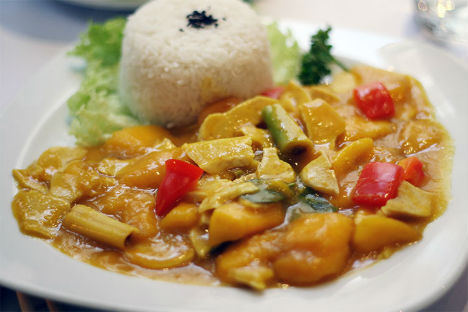
Photo: frlcatherine.com
This Taiwanese restaurant in the 3rd district has a mostly vegan menu, with mock meats (think ‘chicken’ made from soy protein, or 'beef' made from seitan), tofu, vegetarian sushi and classic Asian vegetable dishes. It does a well-priced all-you-can-eat lunchtime buffet.
Ungargasse 57, 1030 Vienna, +43 01 7138332
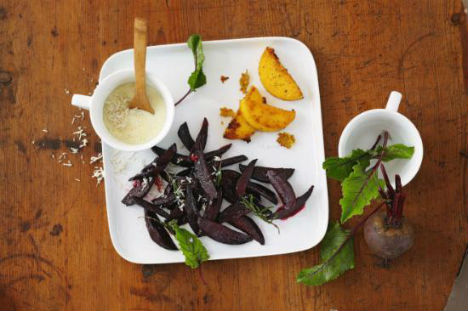
Not far from Stephansdom in the first district, this is a good choice if you’re eating with carnivorous friends – it has an excellent vegetarian and organic menu but also serves some meat and fish dishes. Typical dishes include a quinoa salad with tofu, lentil stew, or a spelt risotto. It also runs cookery courses.
Bauernmarkt 10, 1010 Vienna, +43 1 533 15 26
If you're a keen cook yourself, why not try a Viennese classic with a twist – a potato goulash without the meat. Barbara Cacao, of Vienna Unwrapped, shared her recipe with us.

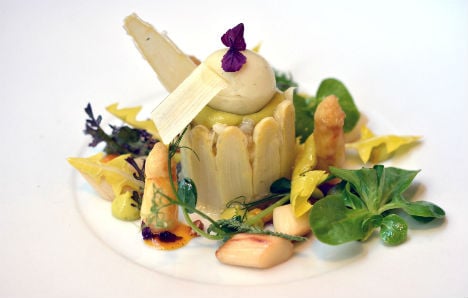

 Please whitelist us to continue reading.
Please whitelist us to continue reading.
Member comments